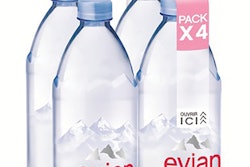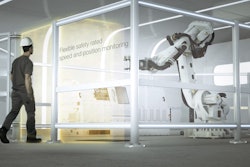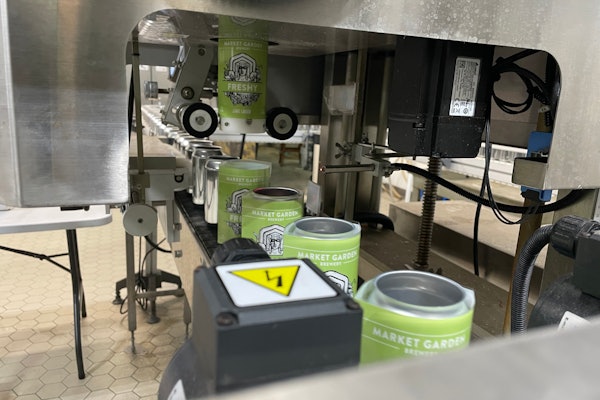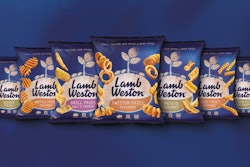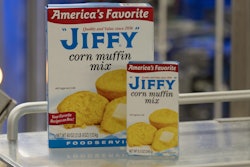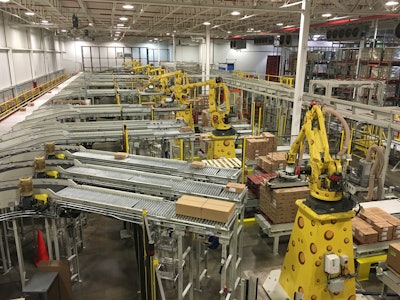
A new market study from Technavio, “Global Packaging Robots Market 2016-2020,” paints a positive picture for the future of robots in the packaging plant, in particular food and beverage and pharmaceutical applications, with an estimated global CAGR of more than 9% during the forecast period.
According to the study, in 2015 the global market for packaging robots in the food and beverage industry was valued at $2.9 billion and is expected to reach $4.59 billion by 2020, growing at a CAGR of almost 10%. Reads the report, “The food and beverage industry is rapidly deploying four-axis SCARA and six-axis articulated robots and delta-style robots for accelerating primary packaging processes. These robots are low-cost, have quicker ROI over fixed automation, and offer a higher degree of flexibility.”
The deployment of robots in the pharmaceutical industry has also grown over the last decade, the study says, reaching $790 million in 2015. By 2020, the global market for packaging robots for pharmaceuticals is expected to reach $1.27 billion, representing a CAGR of almost 10%. “Flexibility and accuracy of robots allow the production line to run smoothly while consequently packaging products at a higher speed than fixed automation systems,” says the study. “Also, these machines reduce the risk of contamination from the direct contact of a human being in sterile environments during the packaging process.”
In Part II of Packaging World’s Special Report on Robotics & Automation, we see these trends in action, as five food CPGs and one pharmaceutical company use robotics to achieve the benefits mentioned above.
Robots replace manual palletizing at Sargento Foods

